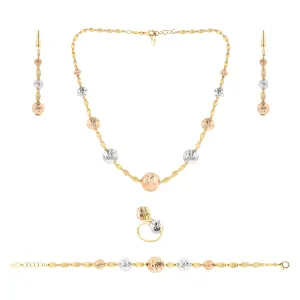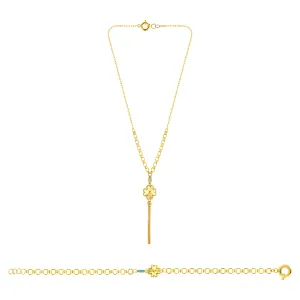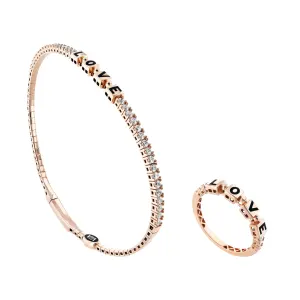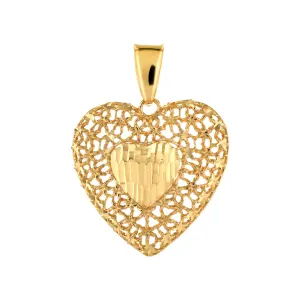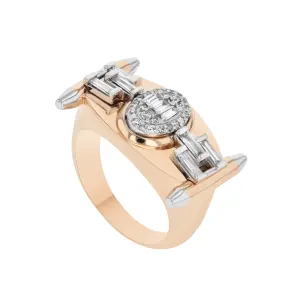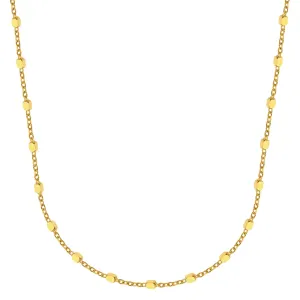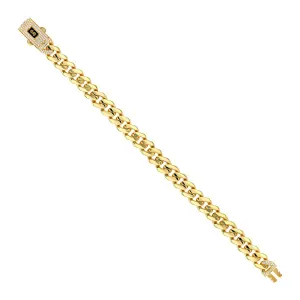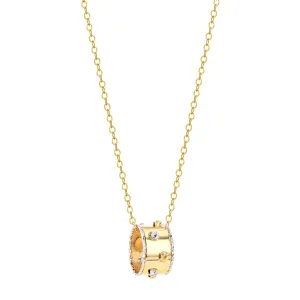How to Differentiate Between Real and Fake Gold? A Practical Guide
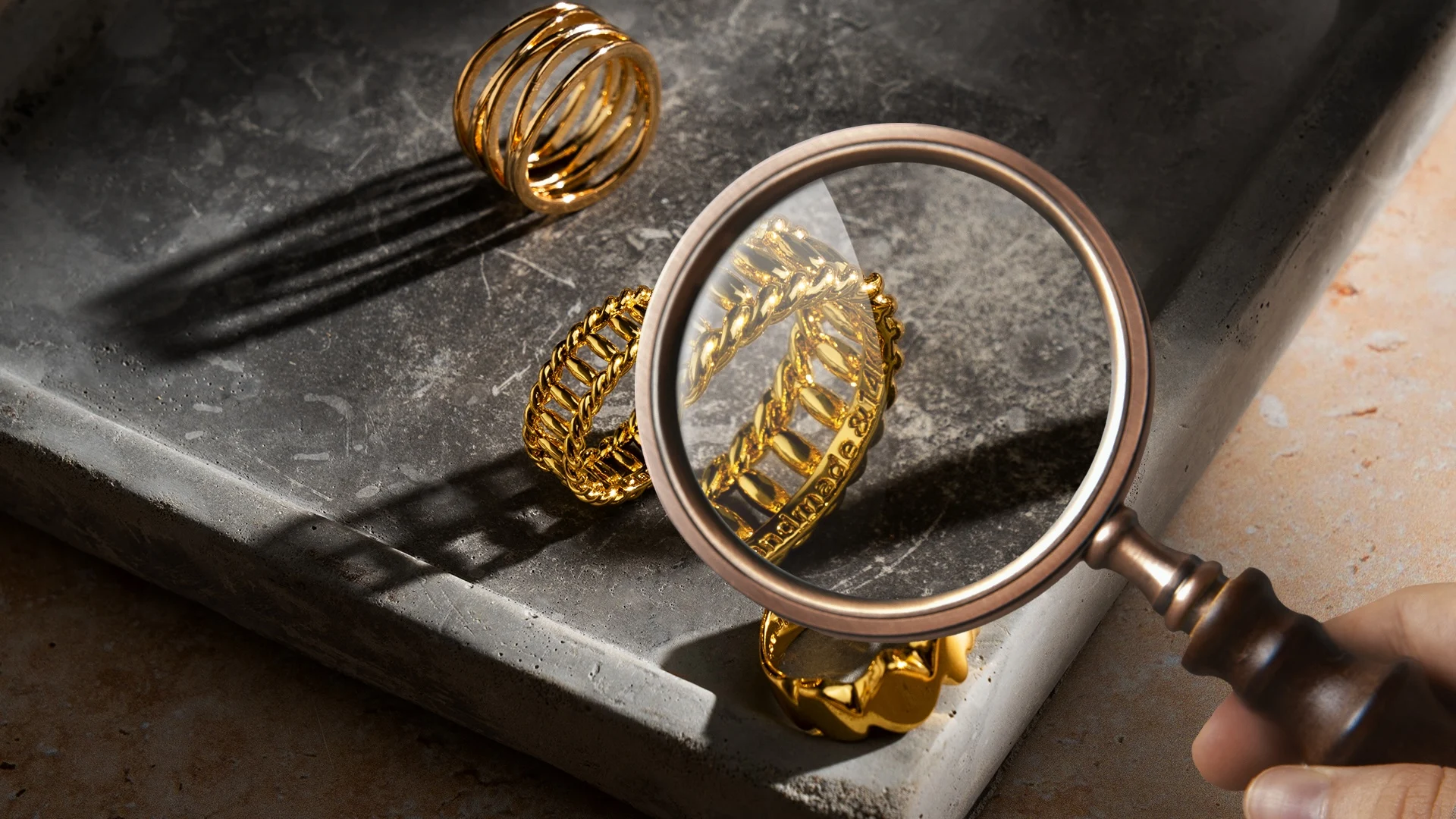
Gold is one of the most valuable metals, symbolizing wealth and luxury around the world. With gold prices continuously rising, cases of fake or counterfeit gold have become more common. Whether you're buying or selling gold or simply want to verify the authenticity of a piece you already own, knowing how to differentiate between real and fake gold is essential. In this article, we will explore practical ways to verify gold authenticity using simple tools available at home, along with some professional tests that can be conducted in a lab.
The Stamp Test
Most real gold items come with a hallmark or stamp indicating the purity (karat) or weight of the gold. The stamp may display numbers like "24k" or "18k," signifying the percentage of pure gold in the piece. Fake gold often lacks a stamp or has an unclear marking.
However, a stamp alone doesn’t guarantee authenticity, as counterfeiters can also fake stamps. This method should be used in conjunction with other tests.
The Magnet Test
Real gold is not magnetic, so it should not be attracted to a magnet. You can use a strong magnet and place it near the gold piece. If the piece is drawn to the magnet, it's likely not pure gold.
That said, some real gold items are mixed with other metals for durability, and these metals might be magnetic.
The Density Test
Gold is a very dense metal, with a density of around 19.32 grams per cubic centimeter. To test this at home, you’ll need a sensitive scale to weigh the piece, then submerge it in water to measure the volume displaced. Divide the weight by the volume to get the density.
If the density is significantly lower than 19.32 g/cm³, the piece is likely not pure gold.
The Scratch Test
This test involves scratching the surface of the gold on a test stone or another hard surface like unglazed ceramic. If the mark left behind is black, the gold might be fake, as real gold leaves a golden mark. However, this test can damage the piece, so it should be avoided unless necessary.
The Acid Test
The acid test is one of the most accurate ways to check gold purity. You can purchase acid testing kits from jewellery stores or specialized suppliers. The test involves placing a drop of acid on the gold piece and observing the reaction.
If the gold is real, there will be no change in colour. If it is fake or mixed with other metals, the acid will cause a noticeable reaction.
The Sound Test
Real gold produces a distinct "ringing" sound when struck, different from other metals. You can test this by lightly tapping the gold piece with another metal object and listening to the sound. Real gold produces a long, deep sound, while fake pieces tend to have a shorter, sharper sound.
The Weight Test
Gold is a heavy metal relative to its size. If you have a gold piece and know its expected weight, you can compare it to similar pieces of pure gold. If the piece is significantly lighter, it’s likely not real gold.
Consulting a Professional Jeweller
If you're still unsure after conducting home tests, the best course of action is to consult a professional jewellery. Jewellers have the tools and expertise to accurately determine whether a piece is genuine gold or fake.
Gold is a valuable metal, and knowing how to differentiate between real and fake gold is essential for protecting your investment. Whether you're buying jewelry or dealing with old gold pieces, using some of these at-home tests in combination with professional analysis will ensure you have authentic gold items.
